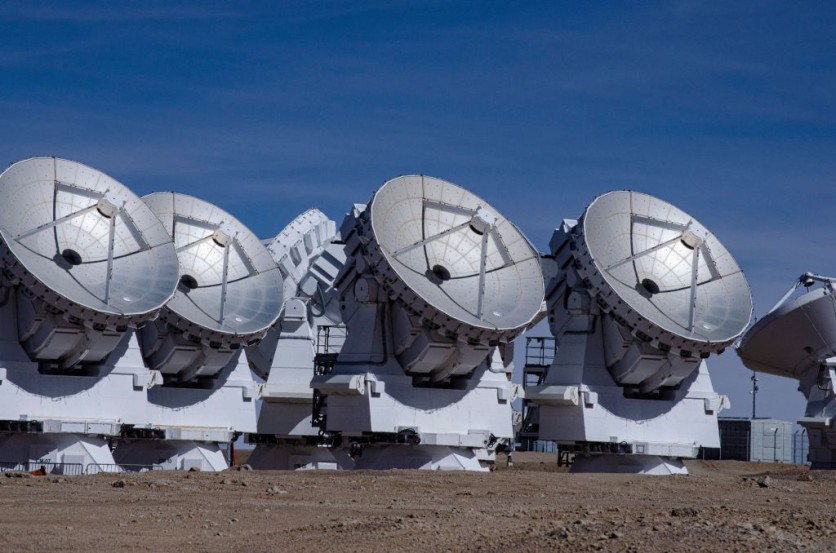Researchers may have discovered the largest alcohol in space in the form of propanol. For the first time, normal-propanol has been detected in a star-forming region, along with isopropanol that has never been seen in the interstellar form before, according to Science Alert.

The alcohol molecules were discovered in the 'delivery room' of stars, which is the Sagitarrius B2 (Sg2 B2), which sits near the center of the Milky Way and close to Sagittarius A* (SGR A*), which is the supermassive black hole where our galaxy is built around.
Thanks to the Atacama Large Millimeter/Submillimeter Array (ALMA) telescope in Chile has helped astronomers access more details. It provides a higher resolution and a greater level of sensitivity that allows them to identify molecules that they don't see before. It allowed researchers and scientists to go into more detail about the chemical reactions that have produced them.
ALMA can detect narrow spectral lines and lab work that characterizes the signatures from the propanol isomers in space.
The discoveries will help shed light on how celestial bodies like stars and comets are formed. These two resemble each other as they both behave physically in similar ways, which means that the two molecules are present in the same places at the same times. The question now that researchers have is how much is present.
Their work allows them to discover more interstellar molecules in Sgr B2 and understand the type of chemical that leads to the formation of stars.
Also Read: ALMA Sees Water, Carbon Monoxde in a Planet from a Galaxy 12 billion Light Years Away from Earth
Still A Lot of Work to Do
In the ALMA spectrum, scientists are still left with many spectral lines to identify in the Sgr B2. When the ALMA expands to lower its frequencies in the future, it will further help researchers reduce spectral confusion and let them identify additional organic molecules.
Star Formation in the Galaxy
Star formation happens when gas molecules are compressed together, bringing about higher temperatures to form a protostar. This process is also known as gravitational collapse.
Now, the star formation is one of the most important processes to understand how the galaxies and their structures were formed. This can also be used to shed light on the formation of planets within our solar system, including Earth.
The intense infrared radiation from the stars generates a reaction that generates these molecules, which are primarily responsible for the process of star formation. The researchers believe that the study of the molecule will be able to shed more light on the process of star formation as well as the chemical mechanisms that make it happen.
The ALMA has contributed to a new level of understanding regarding the formation of stars in the Milky Way.
Related Article: Astronomers Plan to Dig Deep Into the Milky Way through Sagittarius A*
This article is owned by TechTimes
Written by April Fowell
ⓒ 2025 TECHTIMES.com All rights reserved. Do not reproduce without permission.




